Summary of opinions from BoJ Monetary Policy Meeting on June 15-16 shed light on the prevailing sentiment among policymakers regarding the nation’s current monetary easing stance.
Among the opinions expressed, there was an evident call for maintaining the current monetary easing policy to support rising wage growth, which was described as “the highest in around 30 years.”
Board members noted, “In order to achieve the price stability target of 2 percent in a sustainable and stable manner, price rises accompanied by wage increases, rather than those caused by cost-push factors, are necessary.”
The Bank was thus urged to “keep supporting such momentum for wage hikes through continuation of the current monetary easing.”
Significantly, there was a focus on the potential risks associated with premature policy revisions. It was stated, “It would be premature to revise monetary policy if it would hinder such developments,” referring to increasing wage and investment willingness among small and medium-sized firms.
Policymakers also warned against a “hasty policy change” that could miss the chance to achieve the price stability target.
However, one board member signaled a notable dissent, explicitly calling for an early discussion about tweaking the BoJ’s yield curve control (YCC) – a tool for monetary easing.
This marked the first time a BOJ summary displayed a member’s open expression for an early debate on modifying the YCC, hinting at possible future shifts in the Bank’s policy discussions.
Full BoJ Summary of Opinions here.





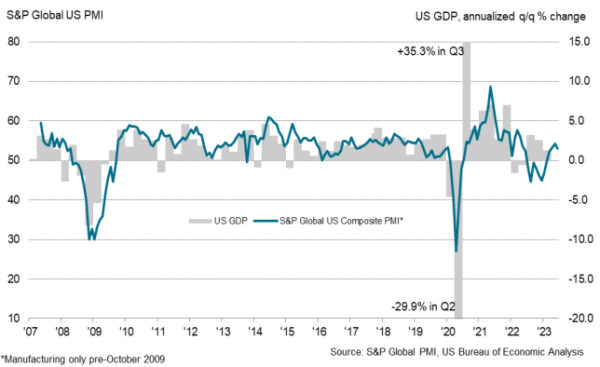
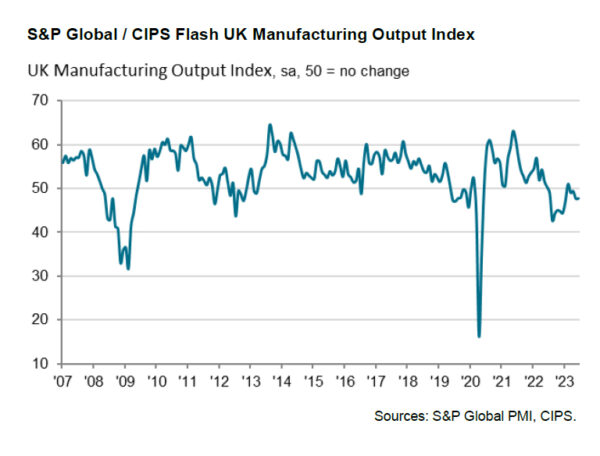
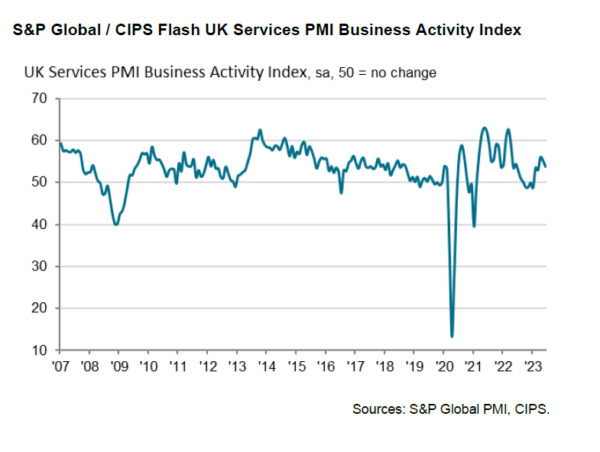
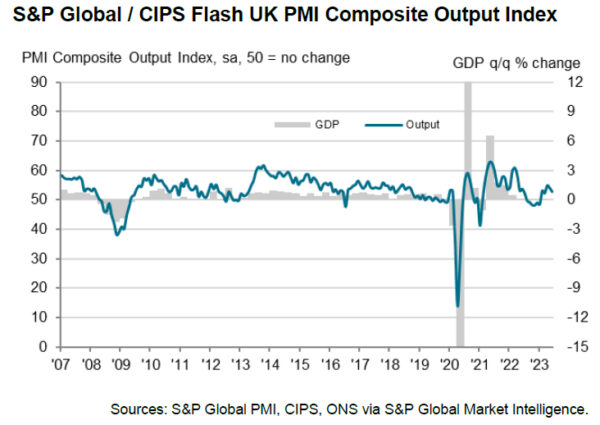
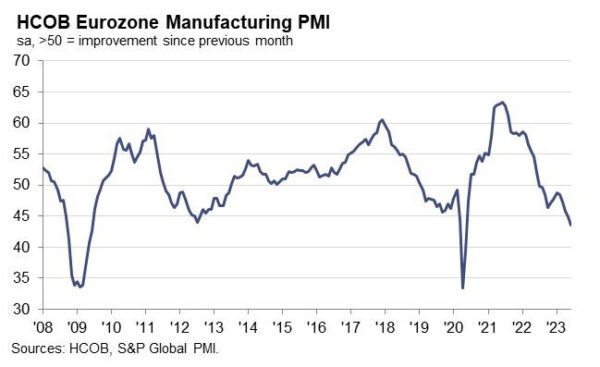
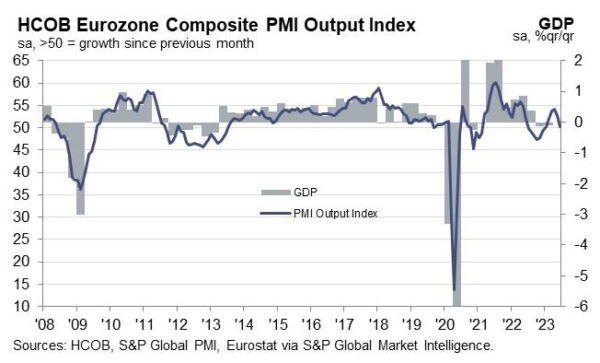
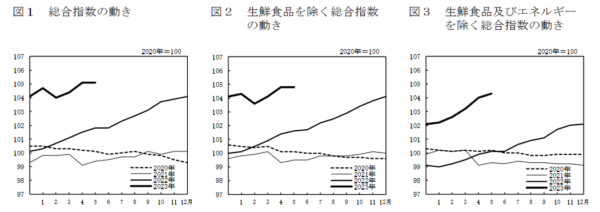
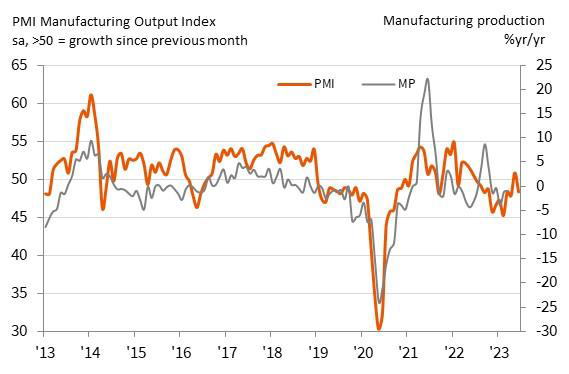
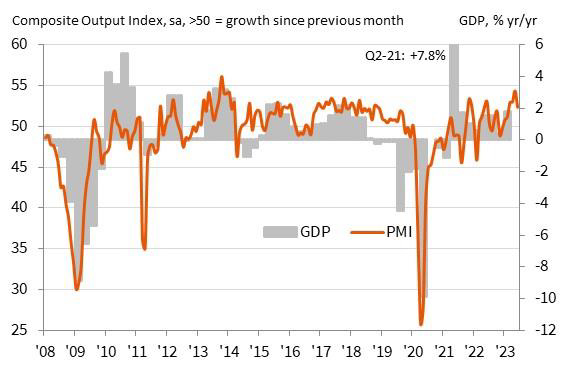
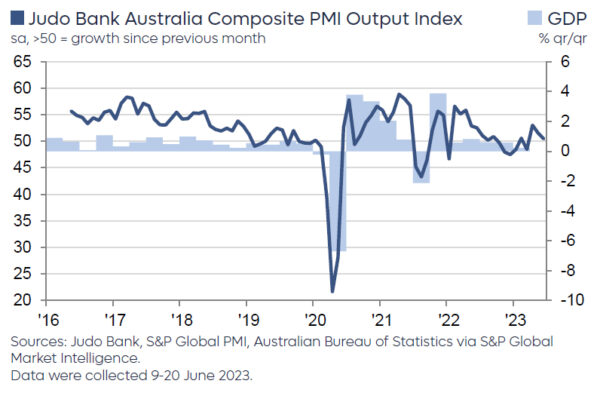
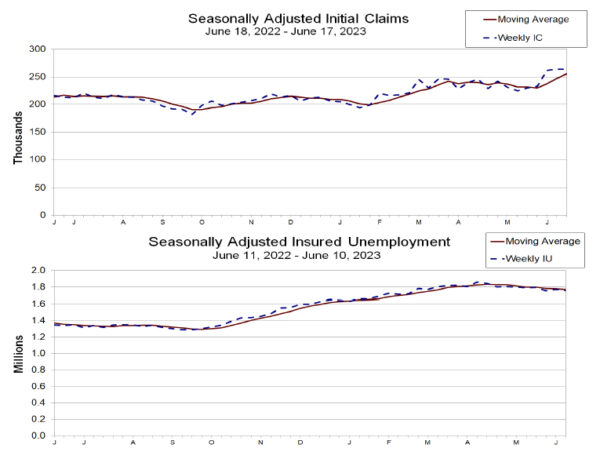
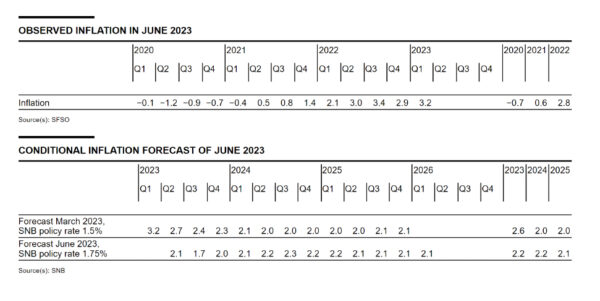
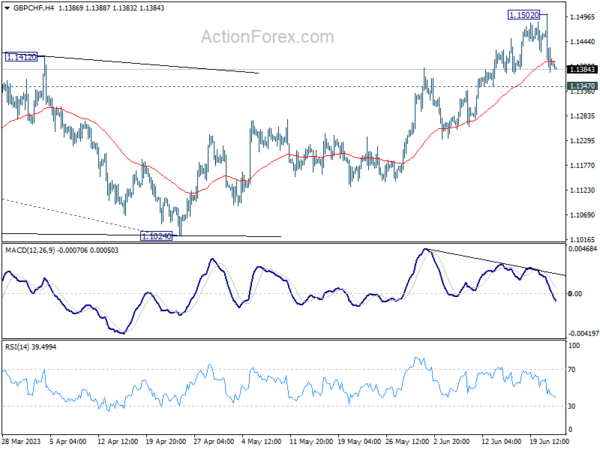
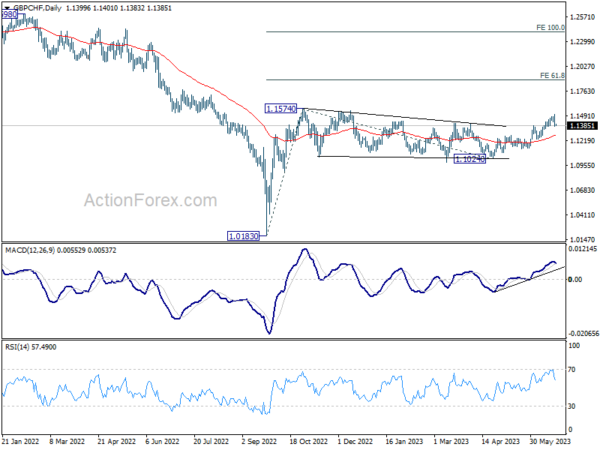

Bundesbank foresees difficult recovery for Germany, despite ended recession in Spring
In its latest monthly report, Bundesbank projected a somewhat gloomy economic outlook for Germany. The central bank expects the country’s GDP to shrink by a calendar-adjusted -0.3% for 2023, with subsequent growth projected at 1.2% in 2024 and 1.3% in 2025.
Characterizing the economic recovery as a laborious process, the Bundesbank pointed to the lingering impacts of the crises Germany has endured over the past three years. The nation’s recession, however, is anticipated to conclude in the spring quarter, with a slight increase in GDP predicted for April to June period.
Bundesbank anticipates that private consumption, a crucial component of economic health, will hit its lowest point and then begin to rebound. It highlighted that “Thanks to strongly rising wages, the real disposable incomes of private households are stabilizing despite inflation remaining very high.”